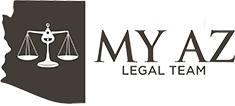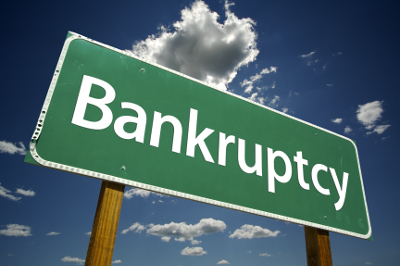If your income is far below your debt, you may have decided to submit a Chapter 7 bankruptcy petition. Chapter 7 bankruptcy offers the benefit of discharging your non-exempt debt so you can start fresh. Non-exempt assets are those assets that are a part of the bankruptcy estate. This means that the bankruptcy trustee will use these assets to pay back creditors.
What is the difference between an asset and no-asset Chapter 7 bankruptcy?
A no-asset case means that you do not own any non-exempt assets that can be sold to pay off creditors.1 The majority of Chapter 7 bankruptcy cases are no-asset cases.2 This just means that you do not have any assets to pay off creditors because you were able to exempt anything you had. In contrast, a Chapter 7 bankruptcy where you have assets that are non-exempt means that some of your assets would pool into the bankruptcy estate and be used to pay off creditors. That means that you cannot keep some of your assets.
How does this affect my bankruptcy?
Filing a no-asset Chapter 7 bankruptcy will most likely be a quicker process and will result in you keeping the few assets you have (if you have any). For example, let’s say you have a house with equity of $150,000 or less, one car worth $4,000,3 engagement or wedding rings worth $1,500,4 a library of books worth about $200,5 household furniture and goods that you personally use worth $6,000 total,6 and workers’ compensation benefits7 as your array of assets, all of these would be exempt in Arizona. If these were all your assets and you filed for bankruptcy, you would be able to keep all of these assets. Of course, this example is very simplistic and you would probably have a lot more assets. Nevertheless, if the assets you own are listed as exempt (such as workers’ compensation or welfare assistance benefits) or they are exempt up to a certain amount (such as the homestead exemption) then you may keep those assets. However, if you have a home with equity of $160,000, then $10,000 of equity would not be exempt and would be used to pay back creditors.
In a no-asset bankruptcy, the court will typically hold a discharge hearing where creditors may object to a discharge of your debts.8 If creditors do not object, your debts will typically be discharged. In an asset case, a creditor should file a proof of claim with the bankruptcy court.9 After a creditor is approved, the creditor will be entitled to whatever non-exempt assets you have to pay off that specific debt.
If you are contemplating a Chapter 7 bankruptcy, you should reach out to an Arizona bankruptcy lawyer. Your lawyer will be able to look at all your assets and tell you whether or not you will need to file an asset or no-asset bankruptcy. Further, your lawyer will best know how to walk you through the bankruptcy process and explain how the bankruptcy will affect you and your creditors.
[1] Baran Bulkat, What Is a Chapter 7 No-Asset Bankruptcy Case?, nolo.com, http://www.nolo.com/legal-encyclopedia/what-is-chapter-7-no-asset-bankruptcy-case.html (last visited Dec. 22, 2014).
2 Id.
3 The exemption in Arizona for one vehicle, if not physically disabled, is $6,000. A.R.S. A� 33-1125(8).
4 Arizona allows an aggregate of up to $2,000 for engagement or wedding rings. A.R.S. A� 13-1125(4).
5 Arizona allows you to exempt books and published materials with a fair market value of up to $250. A.R.S. A� 33-1125(5).
6 The Arizona personal property exemption allows you to exempt up to $6,000 of household furniture and furnishings or up to $12,000 if you are married. A.R.S. A�33-1123.
7 Arizona allows you to exempt workers compensation benefits from bankruptcy. A.R.S. A� 23-1068.
8 Can I File Chapter 7 If I Have No Property Or Assets To Turn Over To The Trustee?, bankruptcy-law.freeadvice.com, http://bankruptcy-law.freeadvice.com/bankruptcy-law/consumer_bankruptcy/no_property.htm (last visited Dec. 22, 2014).
9 Process, uscourts.gov, http://www.uscourts.gov/FederalCourts/Bankruptcy/BankruptcyBasics/Process.aspx (last visited Dec. 22, 2014).


